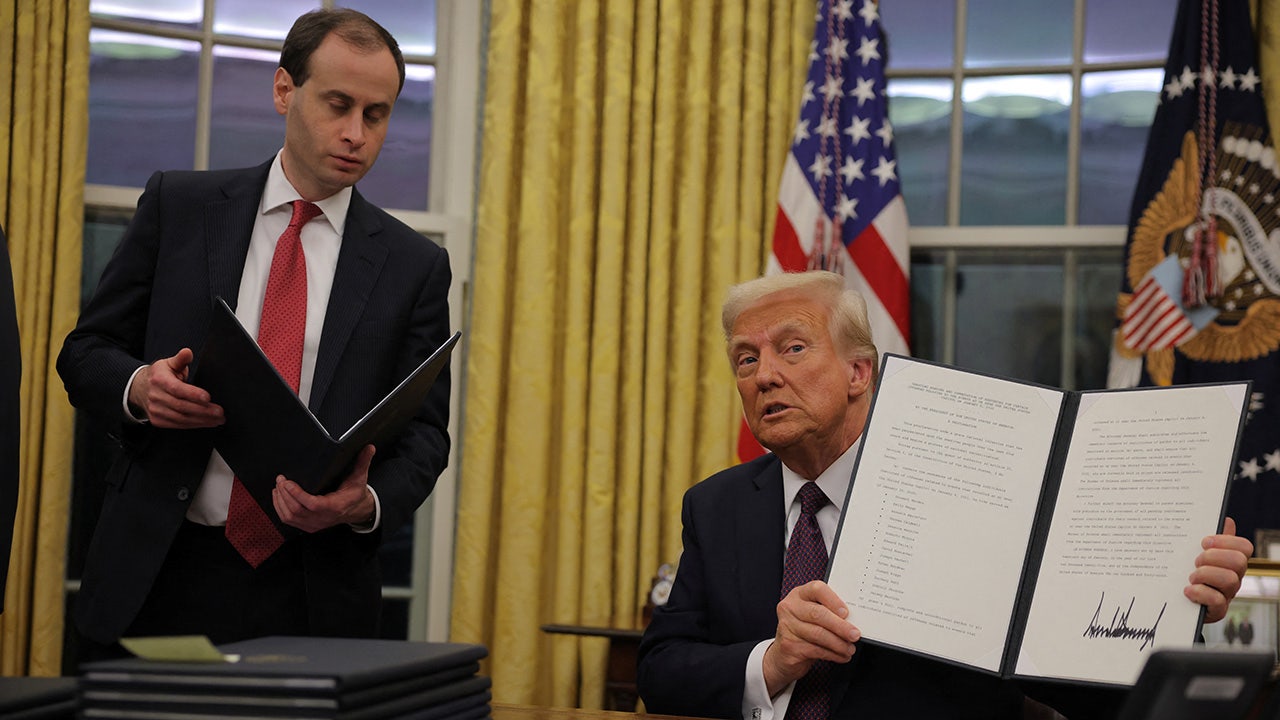In November 2022, the crypto asset exchange FTX collapsed in just five days due to mounting turmoil, causing many investors to lose vast assets.
The impact of the collapse of the world’s second-largest exchange was so significant that major crypto assets such as Bitcoin and Ethereum crashed across the board, and projects that had relied on FTX collapsed in a chain reaction. Including indirect ones, it is safe to assume that more than tens of billions of dollars are needed to cover the damage.
This collapse was as inevitable as Enron’s FTX cheated investors with massive accounting fraud (window dressing), engaged in insider trading, and faked the failure of many investments. The two companies also share the same shrewdness in donating money to the Republican and Democratic parties and suppressing the political side. The fact that both companies’ headquarters collapsed shortly after they entered the Japanese market is also oddly synchronised.
This type of incident is not unique to crypto assets. Still, it is based on traditional fraud techniques: accounting manipulation, improperly inflating corporate value, misappropriation of customer funds, etc., a combination of fraudulent activities before crypto assets.
How to prevent a recurrence
However, there are also circumstances specific to the crypto asset industry that led to the collapse of FTX. The regulation of crypto assets still needs to mature. Therefore, unlike the financial sector, which is heavily regulated, there is room for various circumvention measures and fraud.
Also Read: Light at the end of the crypto tunnel? How to come out stronger
For example, few countries have fully regulated insider trading of crypto assets. Since combined with the high degree of anonymity due to its technical nature, fraud is straightforward. Although it cannot be proven, insider trading has likely occurred on a significant number (or almost all) of crypto asset exchanges.
Insider trading does not damage the assets of the exchange but rather enhances them, except when it is an appropriation of customer assets; a major cause of the FTX collapse was the dramatic reduction in the capital due to the misappropriation of customer assets and the ensuing run on them. The core of preventing a recurrence is regulation related to the protection of client assets.
Notable Japanese regulations
In this respect, Japanese regulation is progressive. Japan has learned well from the typical failures in the crypto asset industry, such as the Mt.
First, as with securities and FX, customers’ crypto assets are supposed to be segregated and managed separately. CPAs regularly audit the segregation to ensure it is done correctly. In doing so, they also examine whether cold wallets and multisig are appropriately used. The segregated crypto assets will be used to refund investors in the event of an exchange failure (i.e., 100 per cent of the deposited funds are guaranteed to be returned).
In addition to this, Japan is also trying to lead the world in systematically regulating stablecoins. Although there is a common criticism in Japan that “Japan is too strictly regulated, making it difficult to launch a crypto-asset related business,” there is an opinion that this strict regulation and monitoring system has been learned from the past and that it has prevented significant incidents from occurring after the FTX bankruptcy.
The need for global regulation
However, even in Japan, the crypto assets of FTX JP’s customers remain frozen. Since FTX JP’s assets (as well as those of the bankrupt FTX and its affiliates) will be used to repay the FTX Group’s creditors (including its customers), it is not clear whether they will be returned to investors after the bankruptcy, even though they are segregated and managed separately.
Also Read: The future of blockchain technology goes beyond just cryptocurrency and NFTs
It is said that the reason for this is that FTX JP’s customers cannot be given priority for repayment. In other words, if the parent company is located outside of Japan, the assets of the Japanese subsidiary’s clients would not necessarily be protected in the event of the parent company’s bankruptcy.
Thus, there is a limit to considering only one country when considering regulation. FTX made a breakthrough because it operated in the Bahamas, with virtually no regulations. In the Bahamas, taxes are meagre, and there is no need to submit bookkeeping records to the authorities.
This scheme of setting up headquarters in a tax haven and establishing a company in the US or Japan as a subsidiary is often used in the crypto asset industry (as in other sectors). The subsidiary is subject to strict regulations in this case, but the parent company is not.
Therefore, no matter how much regulation is enforced in the country where the subsidiary is located, the risk of the parent company failing due to misuse of customer assets, as with FTX, cannot be eliminated.
To fundamentally solve this problem, it is imperative to create a global standard for regulation. Although many experts have pointed this out, the road to realisation is exceptionally long, as it takes work to reach a worldwide consensus.
However, without international emphasis and the establishment of reasonable and consistent international rules, customers’ assets cannot be protected, and the crypto asset industry cannot be further developed.
It is not that the blockchain side is not responding to anything either; there are already blockchains like Concordium, which performs full KYC and can identify individuals in case of illegal activities while typically remaining anonymous; Concordium has stated that it will be improved in response to regulations.
The idea is to change the blockchain following international regulatory trends (many are willing to hard fork and many nodes understand this).
–
Editor’s note: e27 aims to foster thought leadership by publishing views from the community. Share your opinion by submitting an article, video, podcast, or infographic
Join our e27 Telegram group, FB community, or like the e27 Facebook page
Image credit: Canva Pro
The post What is the future regulation of crypto? appeared first on e27.





















Discussion about this post